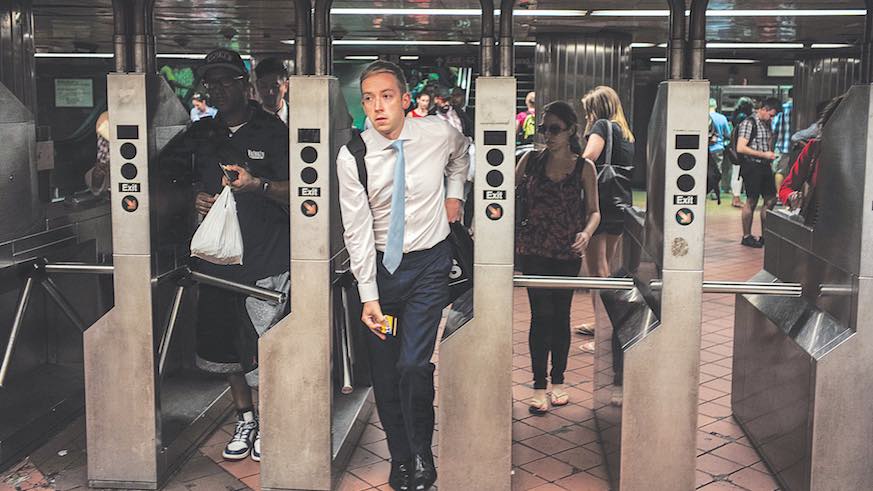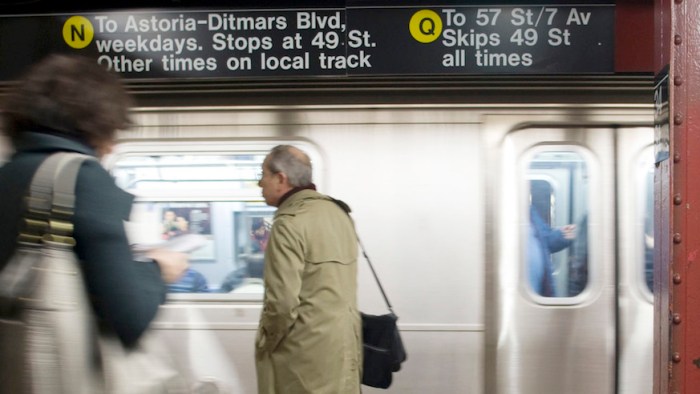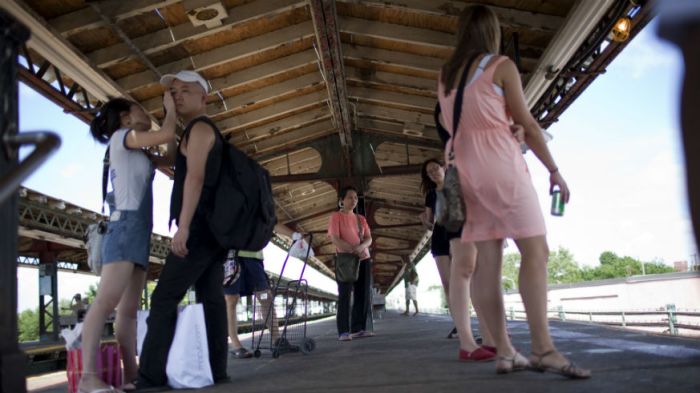Any public official, MTA board member, MTA management or transit advocate who opposes future planned 4 percent fare hikes in 2019 & 2021 misses the reason why they are needed.
Over the past 53 years since the Urban Mass Transportation Act of 1964, over $120 billion dollars in combined city, state and federal taxpayers generated dollars have subsidized both the capital and operating costs for the MTA and its various operating agencies.
For decades, under numerous past MTA Five Year Capital Plans starting in 1981, both the City and State collectively cut billions of their own respective financial contributions. They repeatedly had the MTA refinance or borrow funds to acquire scarce capital funding formerly made up by hard cash from both City Hall and Albany. On a bipartisan basis, this included past Governors Mario Cuomo, George Pataki, Elliot Spitzer and David Patterson. Governor Andrew Cuomo has only made available $2.5 billion of the $8.3 billion leaving a balance of $5.8 billion he promised toward funding the $32 billion MTA 2015 – 2019 Capital Program Plan plus $1 billion more in new funding to deal with this past summers subway and LIRR Penn Station crises NYC Mayor Bill de Blasio still owes most of his $2.5 billion contribution toward the same program. Billions more are still needed from both the state and city to make up for past cuts over previous decades. Everyone insisted that the MTA continue financing more and more of the Capital Program by borrowing. As a result, 17 percent of the annual MTA budget goes for covering the costs of debt service payments. By the next MTA 2020 – 2024 Capital Program Plan, this will continue to grow closer to 20 percent. This means less money is available for operations to provide more frequent service to riders. It also means there is less money just to maintain the state of good repair and safety. At the end of the day, the cupboard may be bare for any system expansion.
Contrast City Hall and Albany with Washington. Federal support for transportation has remained consistent and growing over past decades. When a crises occurred be it 9-11 in 2001 or Hurricane Sandy in 2012, Washington was there for us. Additional billions in assistance above and beyond yearly formula allocations from the Federal Transit Administration was provided. In 2009, the American Recovery and Reinvestment Act provided billions more.
Most federal transportation grants require a 20 percent hard-cash local share. In many cases, the Federal Transit Administration accepted toll credits instead of hard cash local share. This saved the MTA $1 billion in the previous 2010 – 2014 Five Year Capital Program. Even more will be saved under the $32 billion 2015 – 2019 Five Year Capital Program.
Fare hikes are periodically required if the MTA and operating agencies such as the NYC Transit bus and subway, MTA Bus, Long Island and Metro North Rail Roads are to provide the services millions of New Yorkers on a daily basis count on. They are inevitable due to inflation along with increasing costs of labor, power, fuel, supplies, materials, routine safety, state of good repair, replacement of worn out rolling stock, upgrades to stations, yards and shops along with system expansion projects necessary to run any transit system.
For those public officials and others who oppose any fare increases and will be quick to demagogue on this issue (for political purposes to win upcoming elections), just how would you assist the MTA in balancing financial shortfalls? Which capital improvement projects would you propose the MTA cancel to help balance the budget and avoid fare increases? Which route(s) would you support service reductions to save operating dollars? Would you volunteer to reduce service, cancel or delay any capital projects benefiting constituents in your district? What future union contracts would you ask for more flexible work assignments, reduce salary increases and ask employees to increase their contributions toward medical coverage and retirement pensions?
MTA services continue to be one of the best bargains in town. Since the 1950s, the average cost of riding either the bus, subway or commuter rail has gone up at a lower rate than either the consumer price index or inflation. The Metro Card introduced in 1996 affords a free transfer between bus and subway. Prior to this, riders had to pay two full fares.
A majority of residents purchase either a weekly or monthly NYC Transit bus/subway Metro Card, LIRR or Metro North ticket to further reduces the cost per ride. Many employers offer transit checks, which pay even more of your costs. Regular daily commuters can also save money by having employers joining the TransitChek program. This helps pay for a significant portion of a weekly or monthly NYCT Metro Card, LIRR or Metro North ticket. Commuters can use pre-tax dollars to pay for commutes up to $255 per month for bus, subway, ferry or commuter rail and save on taxes. Employers save money by reduction in payroll taxes with every dollar an employee deducts. This will increase to $260 starting in 2018.
In the end, quality and frequency of service is dependent upon secure revenue
streams. We all will have to contribute — be it at the fare box or tax revenues generated by different levels of government redistributed back to the MTA.
TANSTAFFL or “there ain’t no such thing as a free lunch” or, in this case, a free ride.
Larry Penner is a transportation historian and advocate who previously worked 31 years for the US Department of Transportation Federal Transit Administration Region 2 NY Office.

























